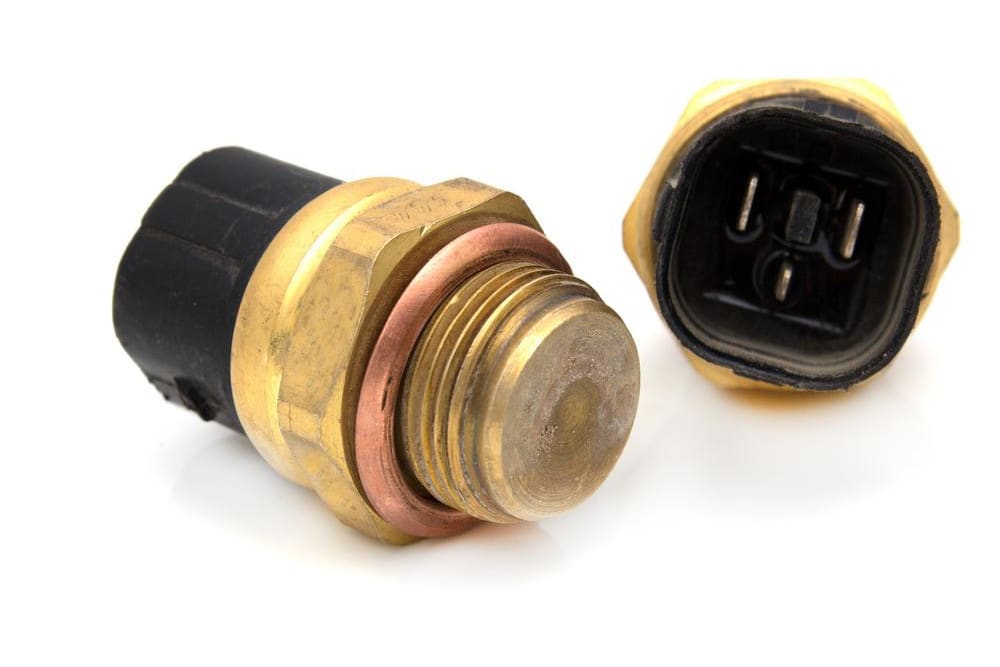

A car knock sensor is located on the intake manifold, cylinder, or engine block. The purpose of the knock sensor is to sense unusual pulsations caused by the engine detonation. It is basically the computer’s ear to the engine to determine if it is working properly.
To get a better understanding of how a faulty knock sensor reacts, note the points below:
One symptom of a bad knock sensor is the engine doesn’t feel right while driving at speed, or while the vehicle is carrying a light or heavy load. If you notice something seems off with your vehicle, even if no light illuminates, it is best to have your car checked out by a mechanic.
A bad knock sensor may also not let the engine accelerate properly while driving on the highway, and cause the vehicle to lose fuel mileage. If you notice these things happening, you should have a certified mechanic from YourMechanic inspect why the car is slow to accelerate.
The computer in the vehicle’s control system can detect the different sounds in the car’s engine. If the computer doesn’t recognize a sound, it will illuminate the Check Engine Light. This is true for the knock sensor as well. If the knock sensor detects an abnormality, the computer will let you know with the Check Engine Light. If the Check Engine Light turns on, have a certified mechanic inspect your vehicle as soon as possible.
Once the computer realizes the knock sensor is not working properly, your vehicle will most likely lose power. How much power you will lose depends on the octane limit of the engine, and how heavily it relies on the knock sensor input. The vehicles that will lose the most power are high-compression and flex-fuel engines. This is because the loss of power will slow the timing and keep the transmission out of drive until the sensor has been replaced. The slow timing is designed to allow you to get to safety or get the vehicle fixed, but not allow you to go very far.
The knock sensor senses the vibrations of the engine and will decrease acceleration until the sensor is replaced. With a faulty sensor, there is a chance that higher emissions are being produced from the engine because the engine may run hot. The Environmental Protection Agency does not allow such high emissions from a vehicle, which is why the decreased acceleration safety feature is put in place.



